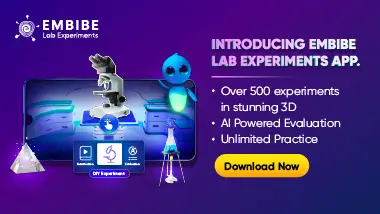MEDIUM
10th CBSE
IMPORTANT
Earn 100
Match the terms given in column I with the terms given in column II and column III having the same meaning:
Column I
Column II
Column III
(i) Secondary consumer
a. Herbivore
1.1st tropic level
(ii) Primary consumer
b. Autotroph
2. 3rd tropic level
(iii) Producer
c. Carnivore
3. 4th tropic level
(iv) Tertiary consumer
d. Large carnivore
4. 2nd tropic level

Important Questions on Our Environment
MEDIUM
10th CBSE
IMPORTANT
(a)
| Sl No. | Column I | Column II | Column III |
| (i) | Secondary consumer | Herbivore | 1st trophic level |
| (ii) | Primary consumer | Autotroph | 3rd trophic level |
| (iii) | Producer | Carnivore | 4th trophic level |
| (iv) | Tertiary consumer | Large carnivore | 2nd trophic level |
Give one example of a food chain having four organisms. Below each organism write the three appropriate terms from the part (a) above which you think it represents.
EASY
10th CBSE
IMPORTANT
What percentage of the solar energy is trapped and utilised by the plants?
MEDIUM
10th CBSE
IMPORTANT
What percentage of energy available at the producer level is transferred at successive trophic levels in a food chain? ()
EASY
10th CBSE
IMPORTANT
Name the process in which a harmful chemical enters the food chain and gets concentrated at each trophic level.
EASY
10th CBSE
IMPORTANT
In a food chain consisting of grass, frog, bird and insects, where will the concentration of the harmful chemicals be maximum?
MEDIUM
10th CBSE
IMPORTANT
If a harmful chemical enters a food chain comprising cat, mice and plants, which one of these organisms is likely to have the maximum concentration of the harmful chemical in its body?
EASY
10th CBSE
IMPORTANT
Which radiations are absorbed by ozone layer? (Infrared radiation/Ultraviolet radiations)
EASY
10th CBSE
IMPORTANT
Name the group of chemical compounds which damages the ozone layer.
